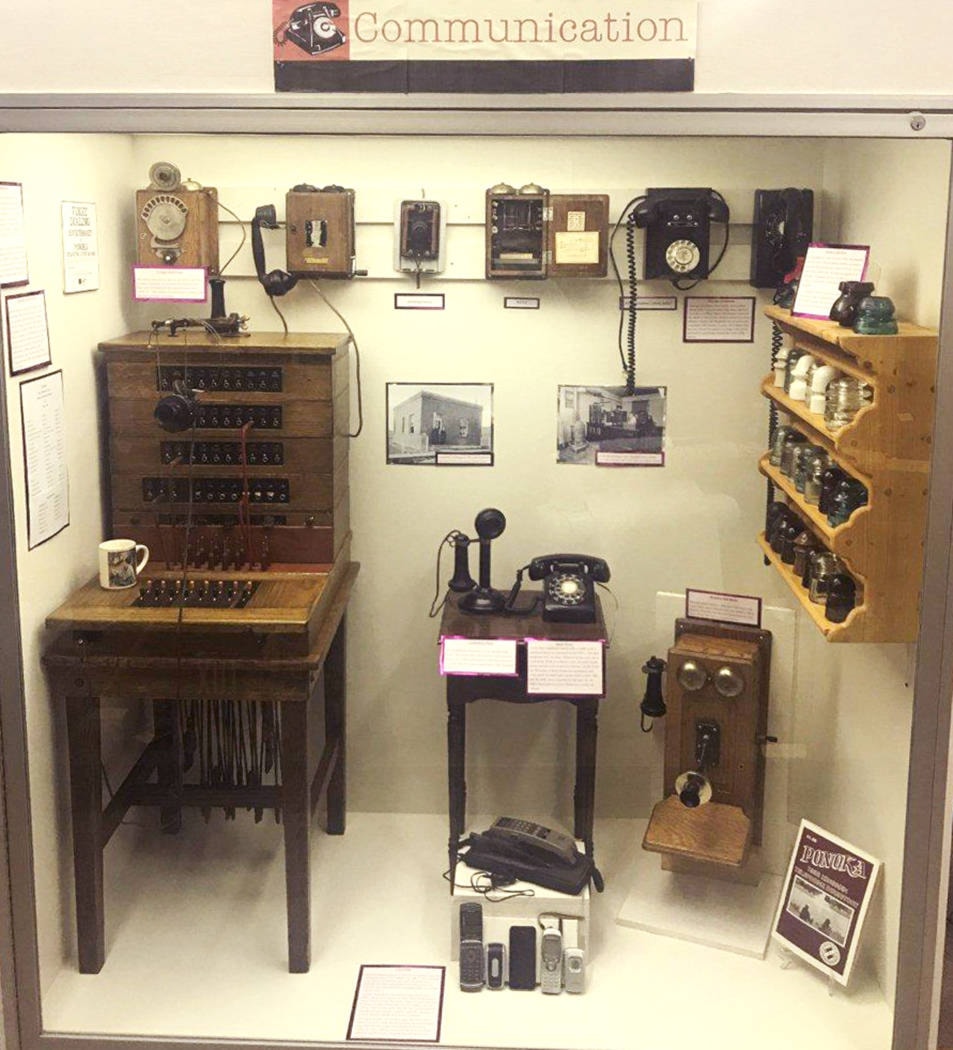No matter what age we may be, if we took a look back at our busy and hopefully challenging but joyful lives many of us might wonder how we could have ever survived without the telephone. Since that milestone day in 1876 when Alexander Graham Bell was awarded the first patent to mass produce a telephone, this amazing apparatus has had a most amazing journey, from that first humble wooden crank model on the kitchen wall and then taking off across the world in a wild and flashy whirl-wind of glitzy new lines of fast and flashy communication gadgets. All of our fancy new phones and accessories have now been completely taken for granted by young and old alike, and have guaranteed us the never-ending 24-7 opportunity of ‘connecting’ and enjoying quick and personable chats and spats from where-ever we may be to a buddy across the hall or family at home or around the globe.
The long and colourful history of the telephone
Person-to-person telephone calls may have been started by two excited individuals who tied a tin can on each end of a long wire and then stretched it across the house and actually carried on a short but milestone conversation. The congenial staff at the Fort Ostell Museum has just completed another great feature for their ‘history packed’ display room, which salutes telephone communication over the years, and includes a delightful collection of the old phones and gadgets that were actually put into service along the old telephone lines throughout the town and county of Ponoka since the early 1900s.
In the very early days when Ponoka had no telephones or exchanges there were two toll stations located at the Water Glen and Asker stores, with all the calls coming in from Wetaskiwin. Our first telephone pole to be installed in the Bell Telephone Company phone line from Edmonton to Calgary was located across from the Royal Hotel in 1903, from where crews constructed lines north and south of town, which would instantly became ‘very chatty’ for several decades along the busy country line, except during thunderstorms. The initial Ponoka Phone Exchange was opened in the dispensary of McKinnell’s Drug Store on Chipman Avenue in 1908, which was operated by Miss Lillie Sayers (Goodman), who was kept busy answering all the calls to ‘her switchboard’ as well as waiting on the customers in the store. The service moved into a new telephone office and grew at an overwhelming pace from 35 customers and two country lines to 14 operators and five switchboards in 1954, and also included taking care of all Ponoka emergency calls, night and day. The Alberta Government Telephones Company was established in 1908, which would later purchase the Bell telephone line for $675,000. At that time the Ponoka exchange was located in the second block of 50th Avenue and later moved next to Field Motors in the same location where Telus has their local office today next to the Bank of Montreal. With the advent of direct dialling in the early 1960s the exchange was moved to Red Deer.
Among the fabulous antique phones in the Fort Ostell display is the Ericsson Telephone Company ‘Alberta Special’ as well as the first wooden wall phone (which was in operation in the Sylvan Heights district after 1911) and was manufactured between 1906 to 1939. At the peak of this thrilling new era of the telephone there were 18,000 of these now very rare models in service in Alberta. The earliest dial telephones all had an eleventh finger hole labelled ‘Operator’ to reassure that speaker would not be connected to the operator when they dialled ‘O’. Also featured at the museum is one of the original unique wood and wire telephone switchboards that was a part of the always busy Ponoka system, which was handled by friendly operators such as Amy Turner, Esther Wager, Pearl Conrad, and many other local ladies over the years. This new ‘phone rage’ around the family home was high-lighted in the roaring ’20s by the arrival of a fancy desk phone model which came in many different forms, each of which were a classic work of art. In the 1930s the 300 series of desk phones were introduced, a flashy model that was made of baked light plastic with your choice of colour, and included a rotary dial and the bells concealed in the base.
Also shown is the popular Candlestick Phone, which was an upright desk model that included a compact transmitter and receiver that sat on a desk and were connected to the Bell box mounted on the wall. New age telephones began arriving on scene at a rapid pace in the mid-fifties, with these nifty new wall models usually mounted in the busy kitchen, but had the option of a long coiled cord that could be stretched around the house as you carried on the conversation. Fast forward into the 20th century, the first mobile phone to receive acceptance was the ‘Motorola Dyna TAC 8000X’ model in 1983, and those first so-called cell phones were based off cellular networks in which they worked, were at first stationary in vehicles, but later became transportable. As second generation cell phones began appearing in the 1990s, the sky was the limit as our now glitzy ‘anything goes’ world of communication zoomed into the future. Everyone is welcome to pop into the Fort Ostell Museum in the Ponoka Lions’ Centennial Park, bring along your fancy phone to compare as you browse through the wonderful world of the telephone, which humbly started so many years ago and has never stopped its rapid and exciting pace and progression into our go-go-go day-to-day lifestyles.
